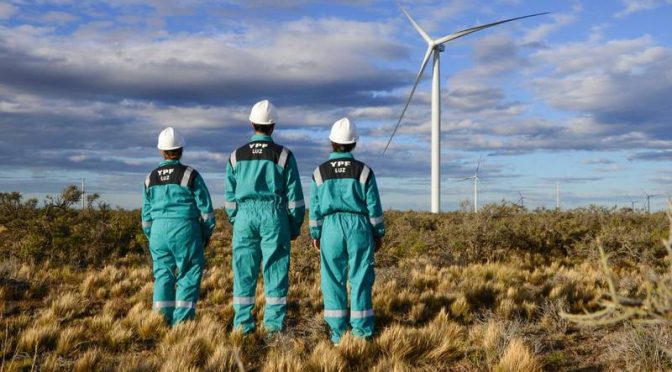Argentina, the second largest country in South America, is making significant progress in harnessing the power of the winds. With its vast plains and coastal regions, the country is ideally situated to exploit wind power, a clean and renewable source of energy. The Argentine government, in an attempt to diversify its energy matrix and reduce its carbon footprint, has embarked on an ambitious plan to expand its wind energy sector.
In recent years, Argentina has witnessed an increase in wind power projects. This growth has been fueled by the government’s Renewable Energy Law, enacted in 2015, which calls for 20% of the country’s electricity to come from renewable sources by 2025. This target, along with falling costs of the technology wind energy, has made Argentina an attractive destination for both local and international investors in the wind energy sector.
Argentina’s wind power sector is not just about meeting domestic energy needs. The country is also looking to become a major player in the global wind energy market. With its favorable wind conditions, particularly in the southern region of Patagonia, Argentina has the potential to generate more wind energy than it can consume. This surplus energy can be exported to neighboring countries, providing a new source of income for the country.
However, the development of the wind energy sector in Argentina is not without its challenges. The country’s economic instability and the fluctuating value of its currency have made it difficult for investors to obtain long-term financing for wind power projects. In addition, Argentina’s power grid needs significant upgrades to accommodate increased wind power generation.
Despite these challenges, there is a sense of optimism in Argentina’s wind energy sector. The government is actively seeking to attract foreign investment through incentives such as tax breaks and guaranteed power purchase agreements. In addition, international organizations such as the World Bank are providing financial support to help Argentina overcome its infrastructure challenges.
In addition to the economic benefits, the expansion of Argentina’s wind power sector has important environmental implications. Wind power is a clean energy source that does not produce greenhouse gas emissions. By switching from fossil fuels to wind power, Argentina can significantly reduce its carbon emissions, contributing to global efforts to combat climate change.
In addition, the development of the wind energy sector can also create jobs and stimulate local economies. According to a report by the Argentine Wind Energy Association, the sector could generate up to 3,000 direct and 12,000 indirect jobs by 2025.
In conclusion, Argentina’s wind energy sector is ready to grow. With its favorable wind conditions, supportive government policies, and falling costs of wind technology, Argentina has the potential to become a major player in the global wind energy market. However, to realize this potential, the country needs to overcome its economic and infrastructure challenges. With the right investments and policies, Argentina can harness the power of the winds to meet its energy needs, stimulate its economy, and contribute to global efforts to combat climate change.
